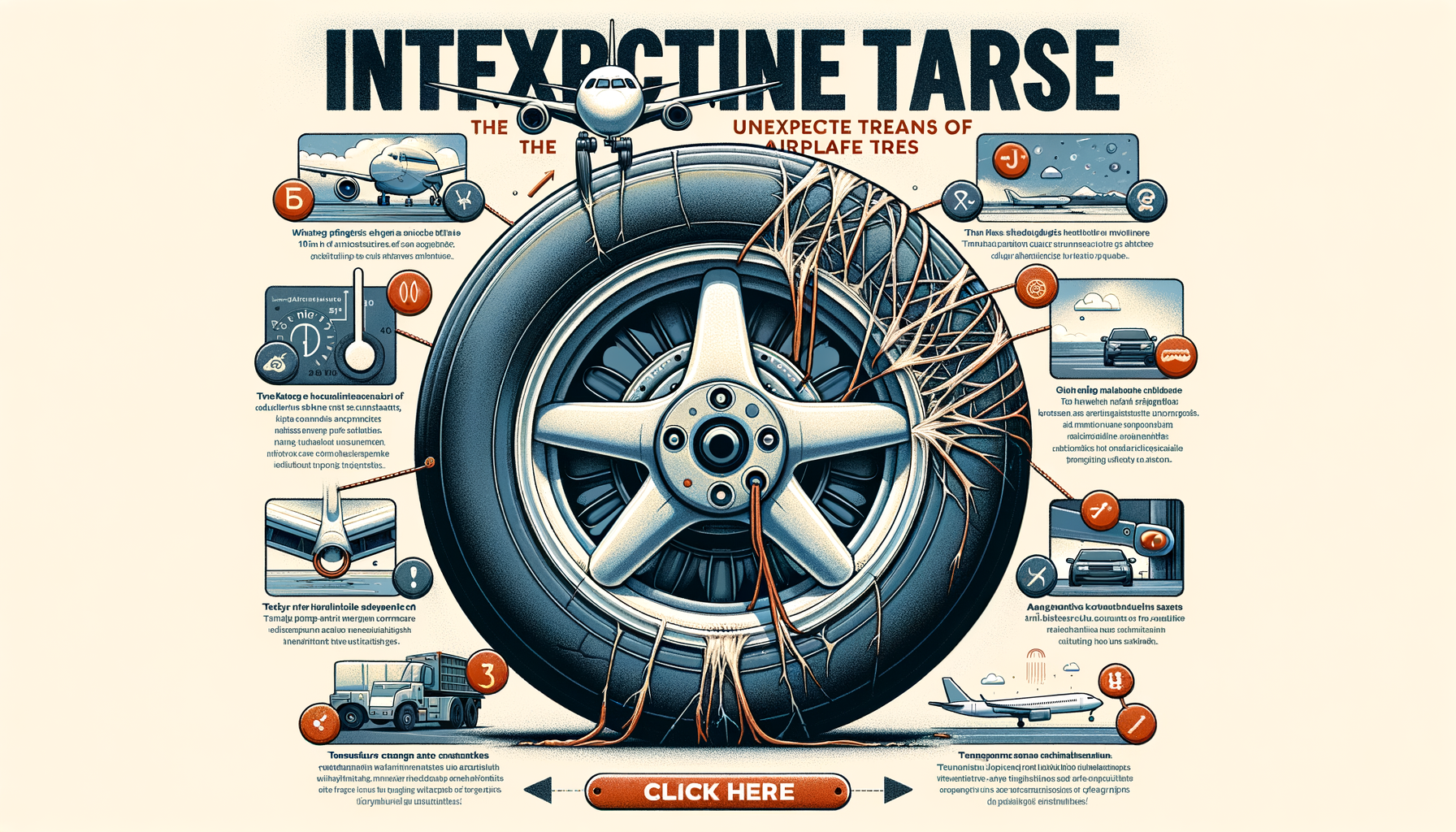Why do airplane tires wear out so quickly? Here’s the shocking truth behind it!

The Astonishing Reasons Behind the Short Lifespan of Airplane Tires
Understanding the Rapid Tire Wear on Aircraft
Airplane tires may not be the first element passengers consider when they think of air travel, but their role is absolutely critical. Tires are the silent workhorses, enduring brief yet intense periods of performance on the ground. Despite their robust design, these tires exhibit a surprisingly short service life.
A typical airplane, such as the Boeing 737 Max 9, confronts a substantial physical challenge during each landing. Imagine a commercial jet touching down with the force of a 164,000-pound weight at over 130 miles per hour.
Lifespan of Aircraft Tires: A Closer Look
The tires on the main landing gear of an aircraft are built to last, yet they average only between 300 to 450 landings. This variation in longevity is largely due to differing conditions, including runway surfaces and environmental debris. Factors such as asphalt fragments, gravel, or rubber residue can significantly quicken tire wear.
Steering tires, found on the nose gear, wear out even more rapidly because of the added stress when guiding the massive aircraft along taxiways.
The Intricacies of Aircraft Tire Manufacturing and Maintenance
Specialist companies, such as Goodyear and Michelin, create aircraft tires that are quite distinct from their automobile counterparts. Aircraft tires require extraordinary specifications, including being inflated to roughly 200 pounds per square inch—far exceeding the pressure in a standard vehicle tire.
To ensure safety, mechanics follow stringent procedures when inflating these tires, often using a protective cage to prevent injury from any unforeseen tire failure.
The Economic Aspect of Aircraft Tire Usage
One may think that airlines own every part of their aircraft, yet this is not the case with tires. Airlines often lease their tires and pay on a per-landing basis, adding economic pressure on tire companies to deliver durable and reliable products.
Once a tire has reached the end of its service, it can be retreaded. In fact, Michelin has disclosed that an aircraft tire can be retreaded up to seven times, providing a recyclable and cost-effective solution for tire manufacturers and airlines, which aligns with the industry’s sustainability goals.
To nudge your peace of mind even further, it’s a comfort to know that tire producers have a vested interest in preventing tire blowouts to avoid absorbing the associated costs.
The next time you find yourself aboard an airplane, remember that the tires beneath you, though not everlasting, are meticulously engineered and managed to ensure your safe arrival. With multiple life cycles, pressure to perform, and economic factors at play, the rapid wear of airplane tires is a reality of aviation that ensures the highest standards of safety are consistently met.





